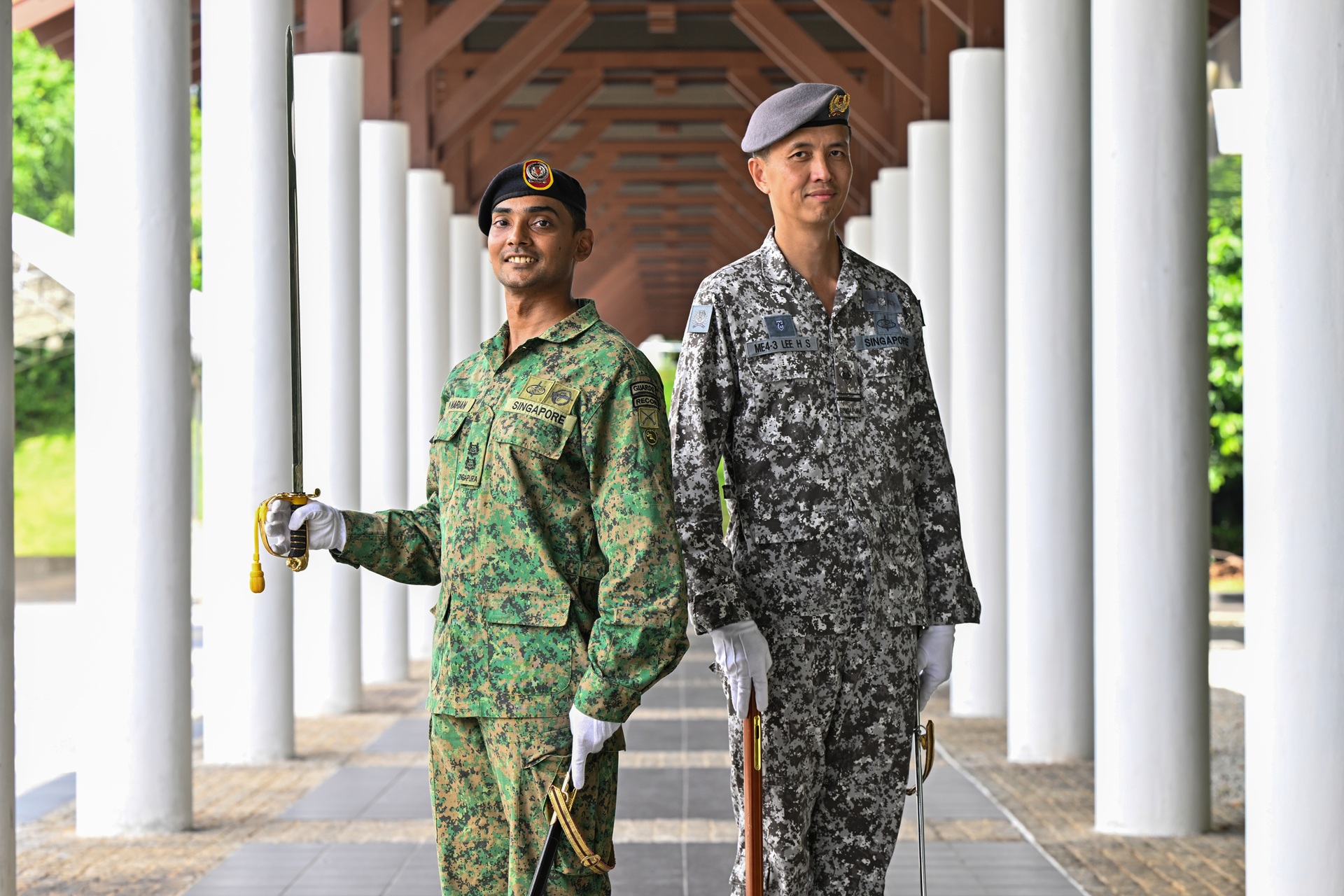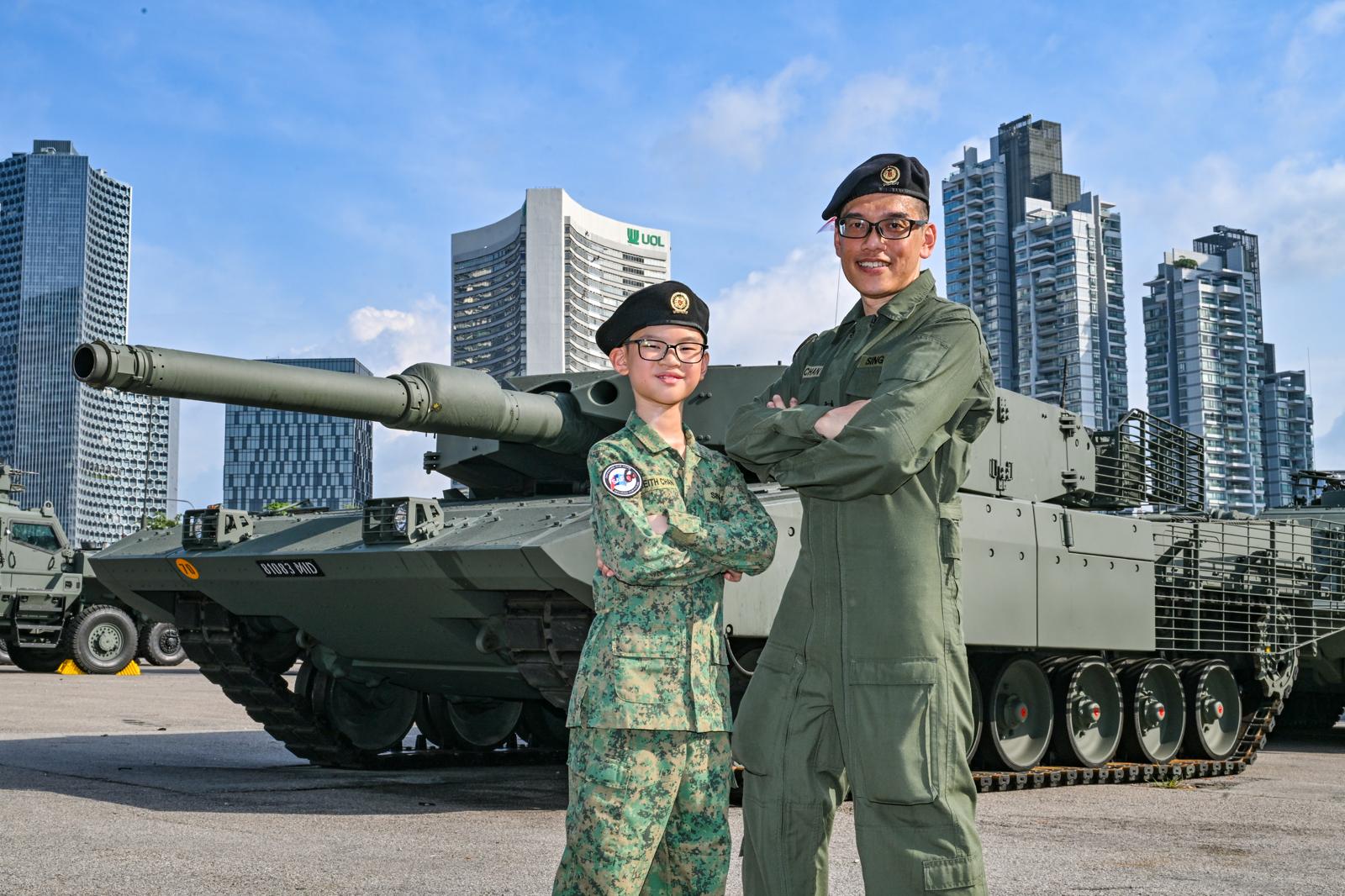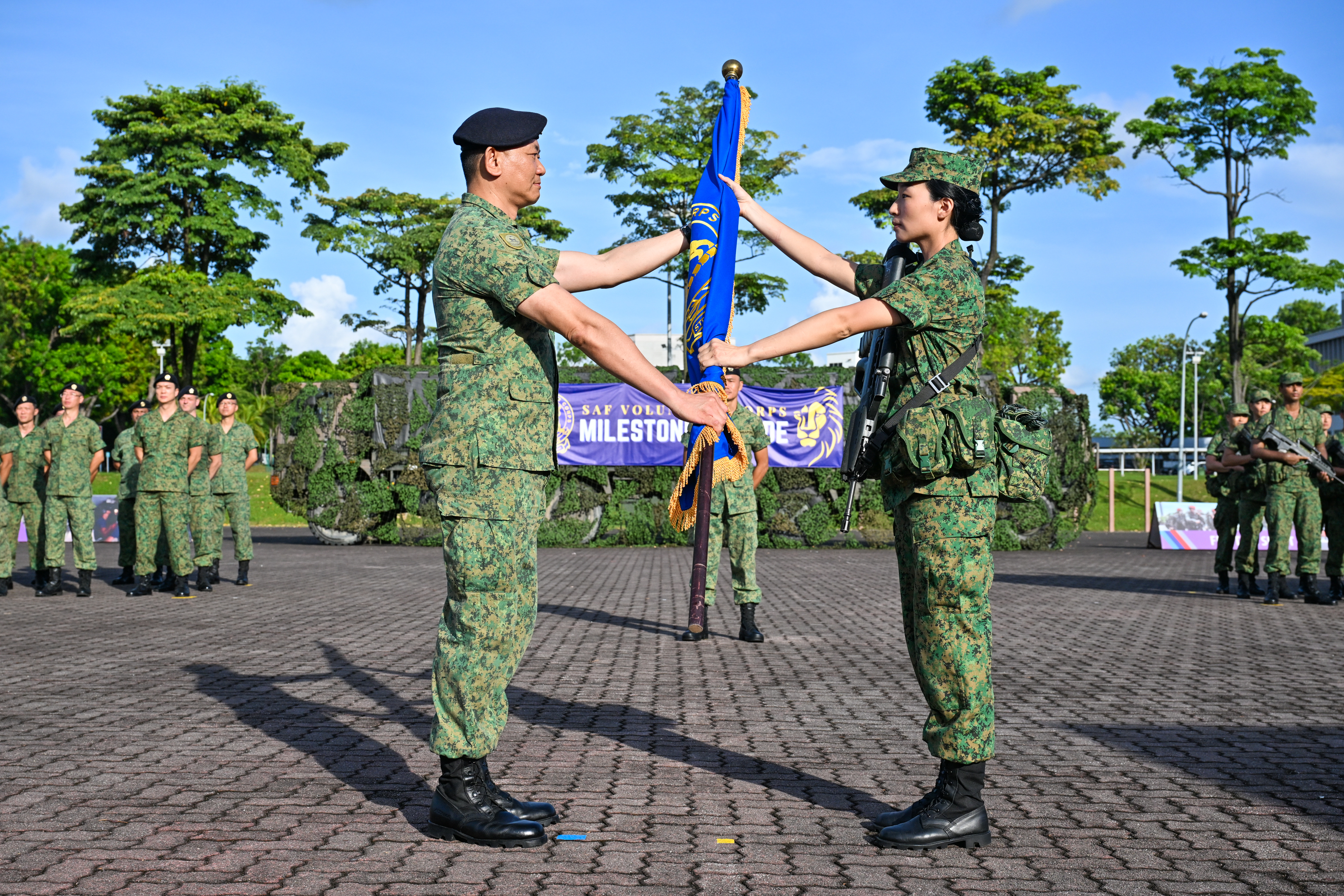MOVING AN ARMY
STORY // Kenneth Lin
PHOTO // Kenneth Lin
When my mum told me that I would be going to see and experience some of the work that she does, I was excited but did not know what to expect. She told me that I would get to drive in a simulator and that it would be like a huge computer game, only much more realistic.
Stepping into Kaki Bukit Camp, where the Singapore Armed Forces (SAF) trains its Transport Operators, we met Master Warrant Officer (MWO) Suhaimi Bin Sapari. He's like the boss of the camp.
He was very friendly and explained that soldiers would first learn how to drive in the simulators, to get a basic level of training first, before going onto the roads.
Sims easy
After a short briefing by MWO Suhaimi, we took a walk to the room where the simulators were. It all seemed easy enough until I saw the actual simulators.
They were huge! There were four driver pods in the big room, which were mounted on legs that move the pods. The legs were already taller than me, so I think that the entire thing must have been about five metres high! The instructor sat in another room where he could look at all the learner drivers and monitor their progress.
Climbing into one of the pods, I found 3rd Warrant Officer (3WO) Kwan Pheng Toh waiting for me. He told me that he was a tester. If I passed the simulator, maybe he would let me drive for real?
Realistic training
Full motion was turned on. The first time I set off, I crashed into a kerb and all the screens went black. There were so many things to look out for: other vehicles, traffic lights and even pedestrians!
The simulator was very realistic. And although it was morning outside, he switched on the evening settings for me.
Later, Uncle Suhaimi told me that this saved time and money for the SAF by allowing the soldiers to train at all times of the day, under all sorts of conditions. He said that the SAF is going to upgrade the simulators, which are older than me! Judging by how realistic the "old" ones are, the new ones must be really good!
By the fourth time, I could control the vehicle better and Uncle Kwan did not look as sick anymore.
I can only imagine what it is like when the instructors have to sit with learner drivers every day and experience the jerks and abrupt motions. It must be tough.
Circuit time
Uncle Suhaimi then took me to the SAF driving circuit where soldiers learn how to control army vehicles in a specially built course. This teaches them how to move through real roads while in a safe place.
He took me through the skidpan. Going at full speed, he then slammed on the brakes and the vehicle slid forward. Uncle Suhaimi told me that that was called a "skid", when the vehicle loses grip on the road. Soldiers are taught how to avoid skidding, but they must experience it, so that they know how to deal with it if it really happens.
Safe drivers
I am impressed by the level of detail that the SAF looks into to train Transport Operators. There is even a cross-country driving circuit in Mandai where the trainees can experience what it is like to drive in other countries where the SAF does its training. It is very professional. If I went through the training, I would be very safe on the roads.
After this experience, I realised that my mum's work in the Army is not easy. She trains other soldiers in the Supply Specialist Course so that they can help the SAF to do its work to defend Singapore. I am even prouder of my mom now, because the training she went through and the work that she does is important.
Now, Uncle Suhaimi, when the new simulators are here, can I bring my brother and sisters to try it also, please?
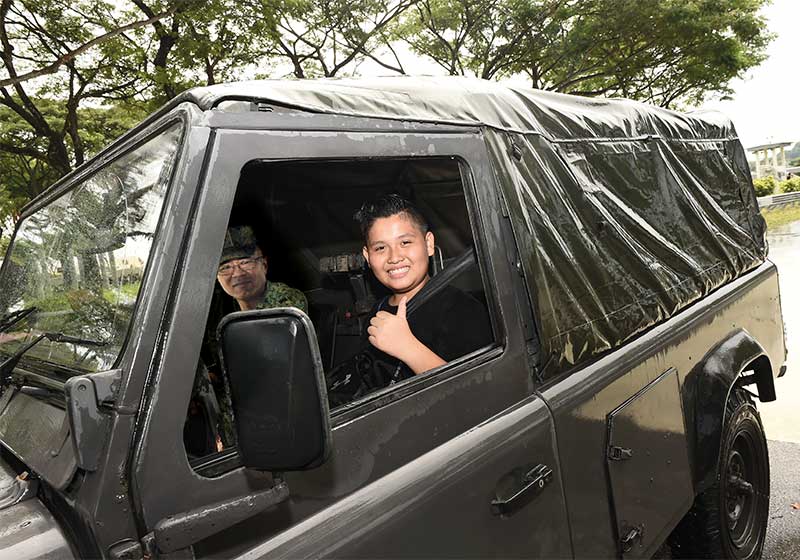
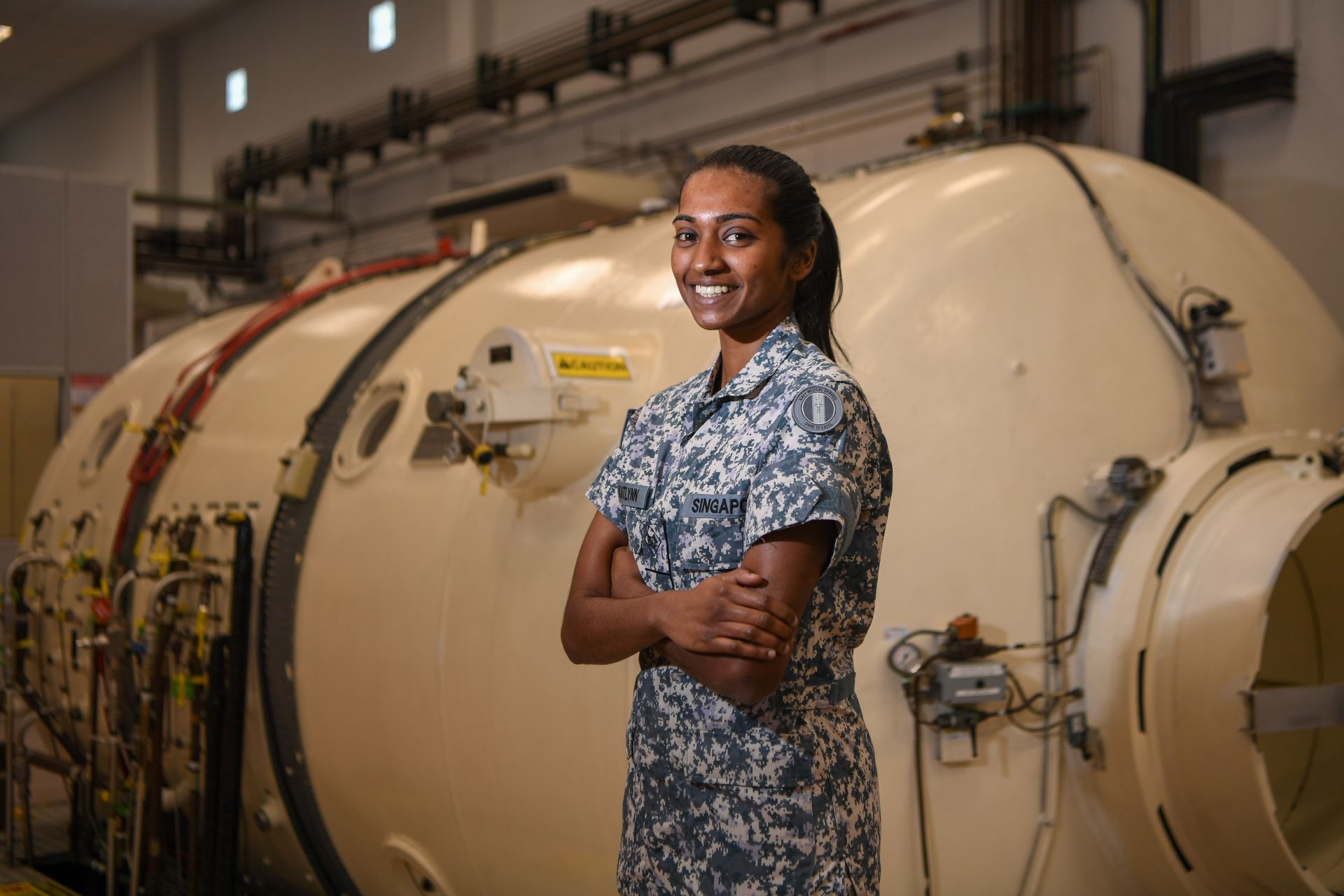
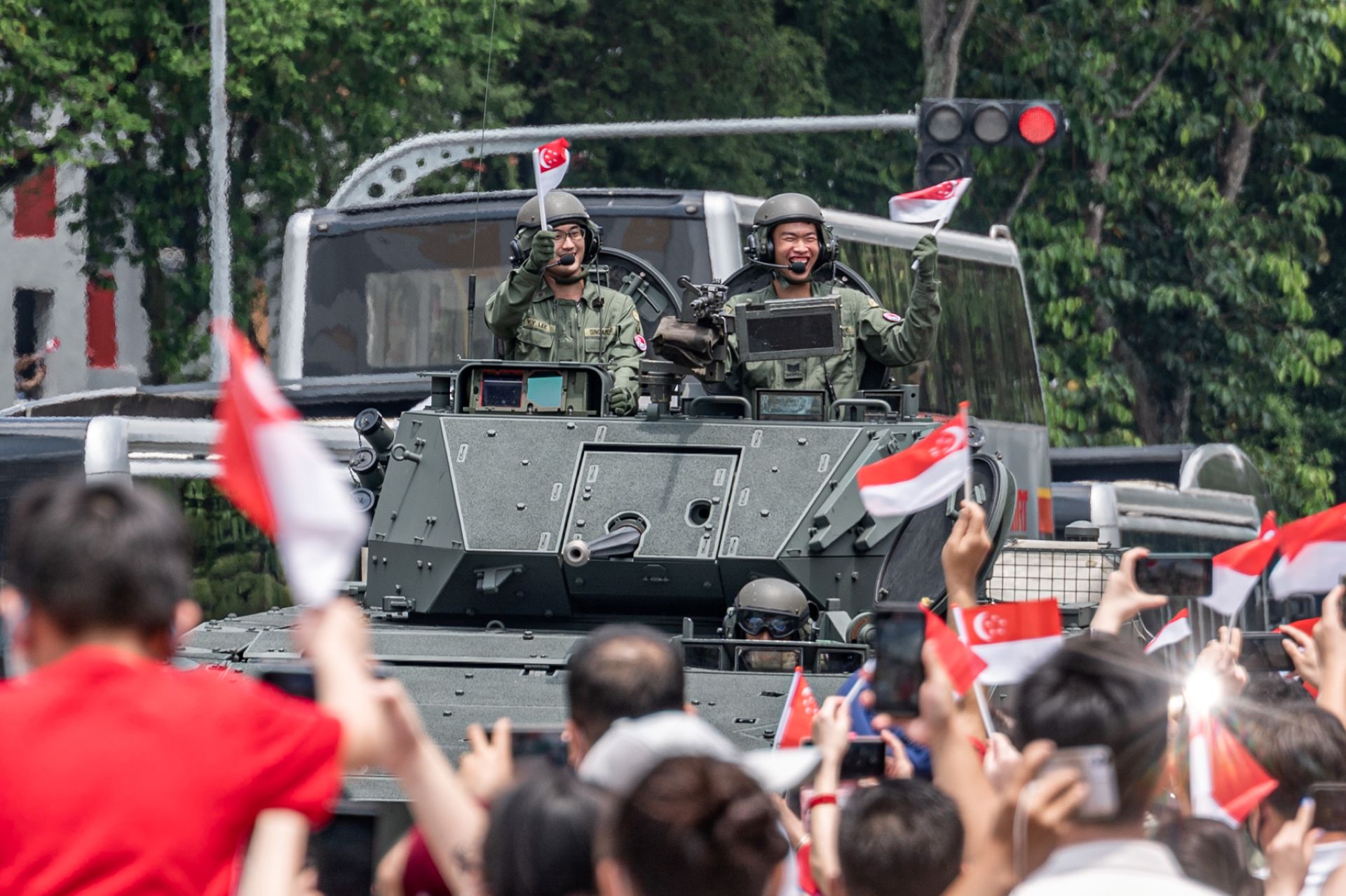
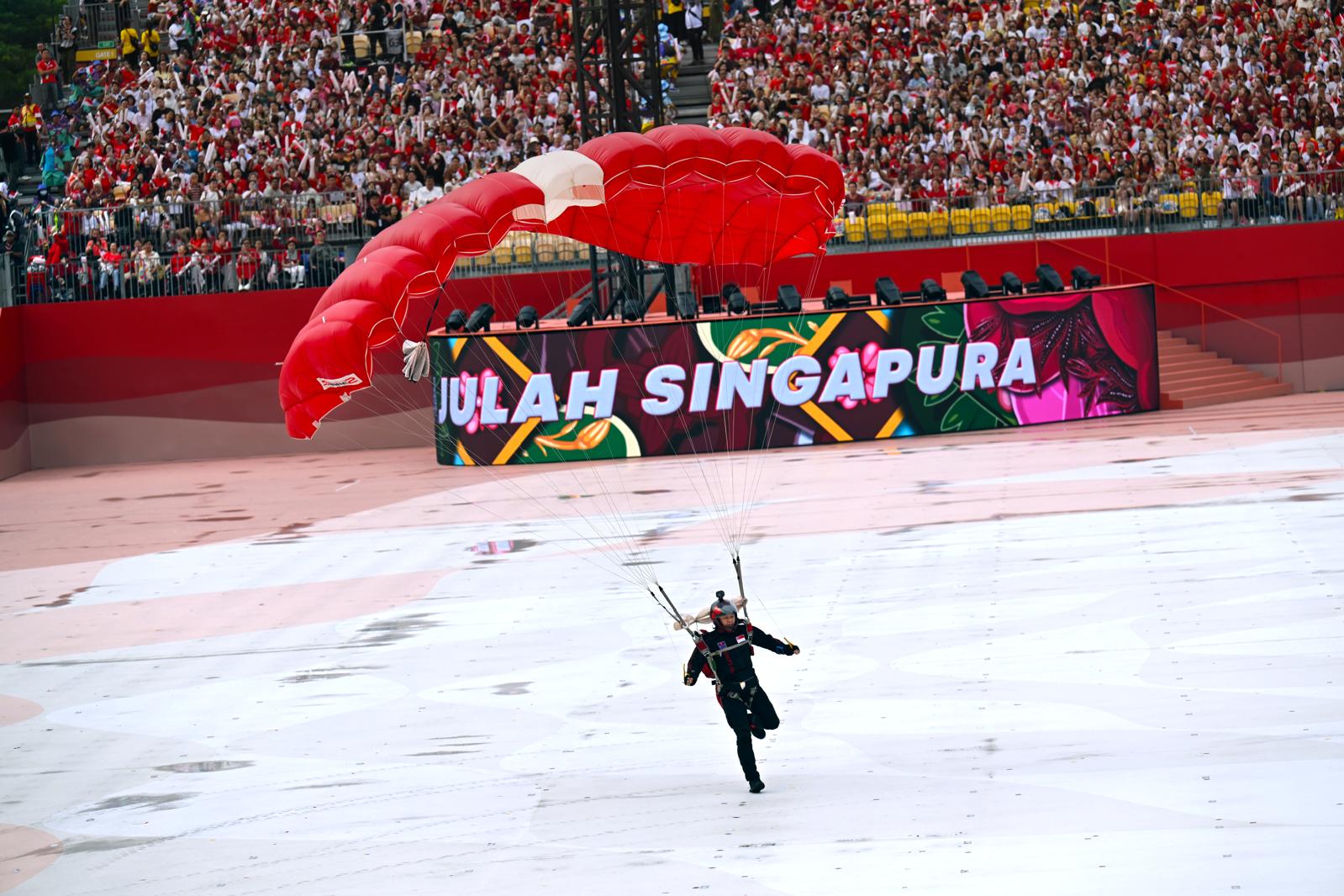
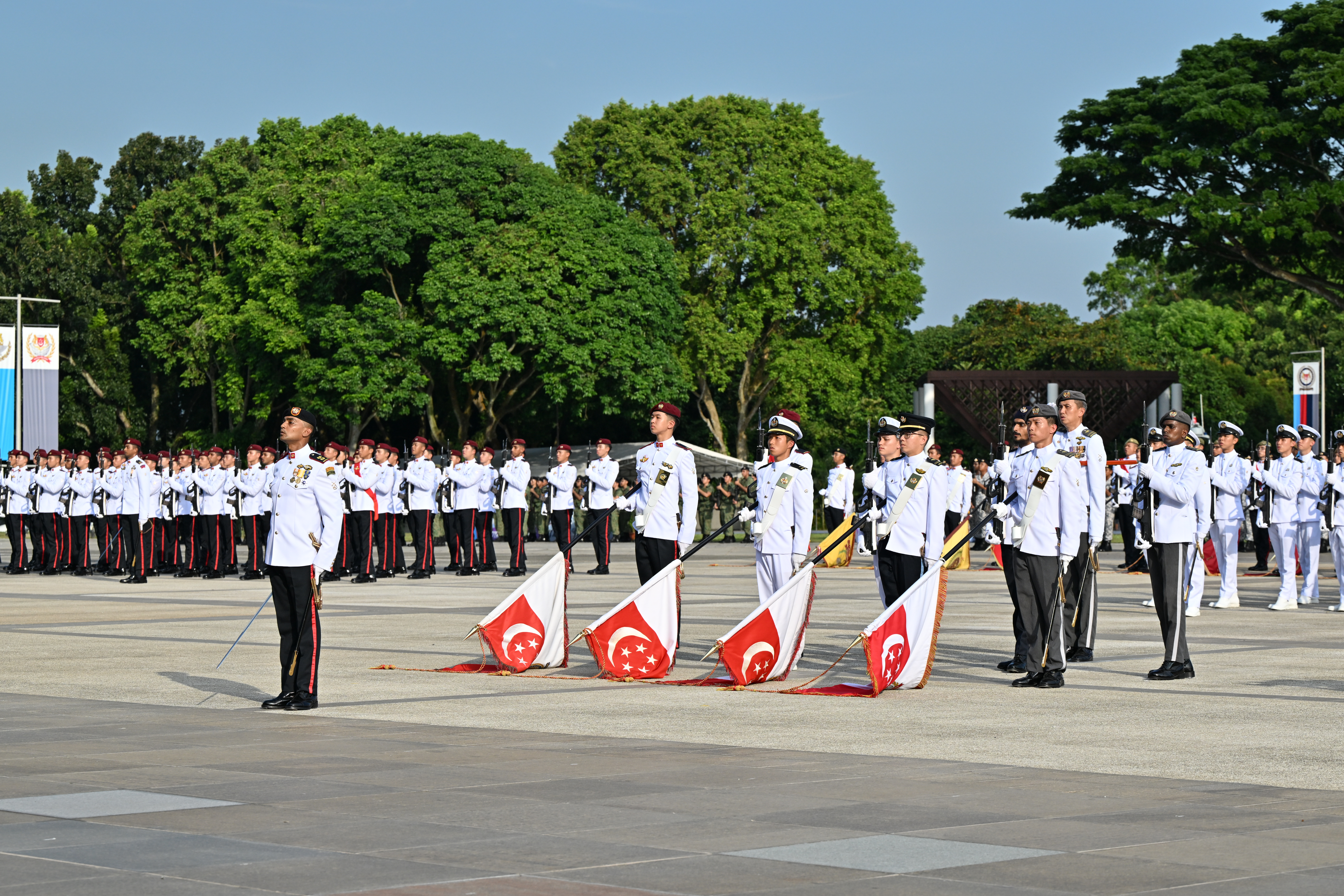
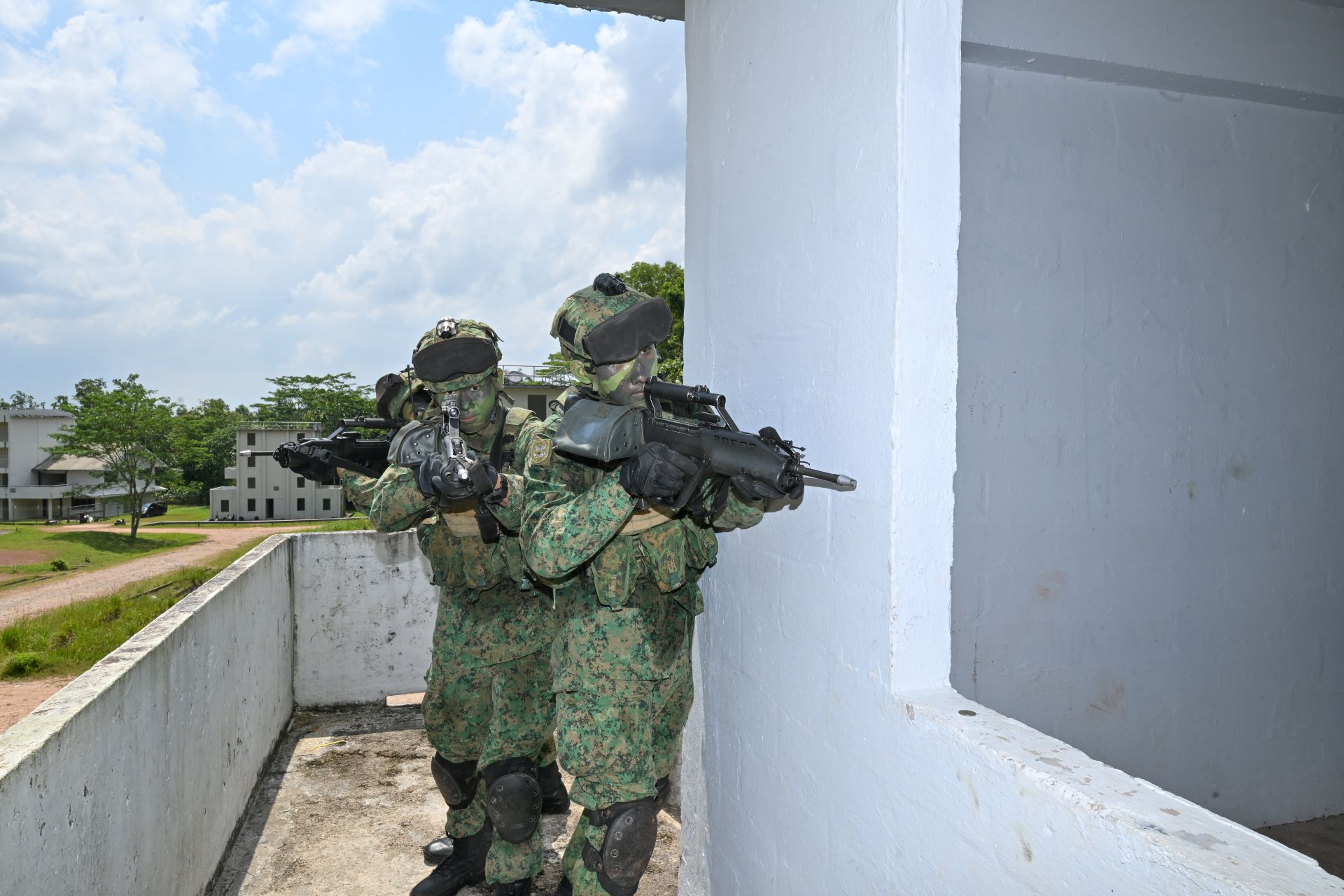
.jpg?sfvrsn=b5383902_1)
.jpg?sfvrsn=4eb1b86e_1)
